How to Handle Water Intrusion: Plan Ahead to Be Ready
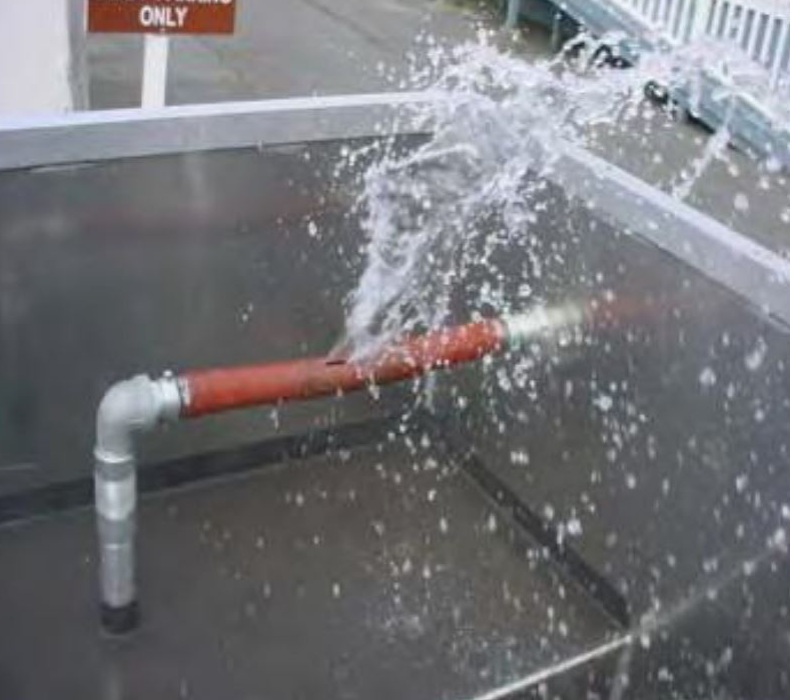
In part 2 of our look at unexpected water intrusion on a boat, we’ll take a look at unexpected water intrusion situations including burst pipes, broken seacocks and more. An annual maintenance and inspection by a certified marine mechanic will usually uncover chafed hose before it becomes a problem. The professionals are trained to spot the wearing and cracking to engine cooling hoses or water washdown hoses caused by vibrations. Even with the best eyes it’s possible to overlook a chafed hose, it’s why the boater should have the right tools to solve the problem.
Tools to Fix a Chafed Hose

A hose under pressure spewing water can quickly fill a compartment, creating a hazardous situation. Boaters should have these simple tools in easily accessible emergency kit:
- Bicycle inner tubing works great when it comes to repairing torn hoses.
- Rescue Tape is outstanding for repairs of all types.
Fixing a Chafed Hose
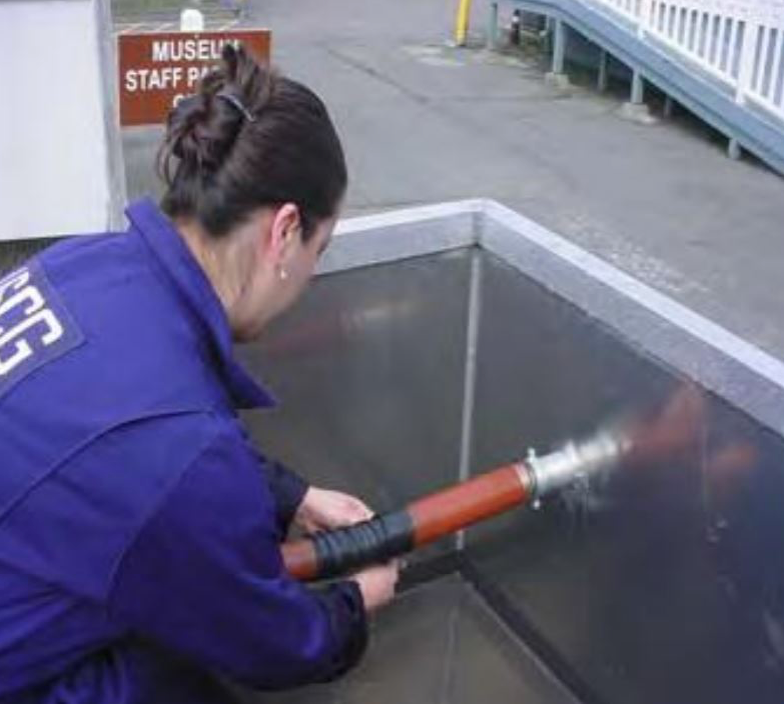
Wrap the bicycle tire inner tubing or Rescue Tape tightly around the chafed hose to stop the leak. This is a temporary fix to get back to shore and not a repair. If the hose that failed is older, it’s worth replacing all the hoses to prevent a repeat problem on the water.
Broken Through-Hull Fitting

A damaged through-hull fitting may flood a vessel because the fitting is damaged by corrosion or an improper hose connection. The failure can lead to the boat sinking if not stopped immediately. A yearly inspection of the hoses and fittings can reduce problems, but accidents can happen.
Tools to Fix a Through-Hull Fitting
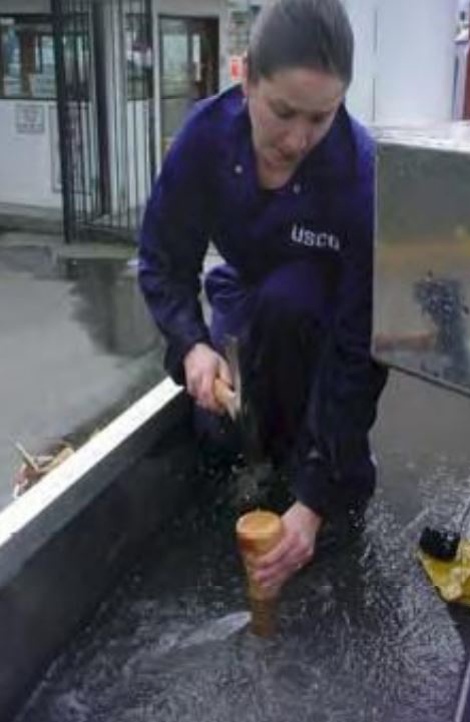
The U.S. Coast Guard Auxiliary recommends keeping the following tools on the boat to deal with a damaged through-hull fitting:
- Conical soft wood plugs are available from most marine suppliers.
- They should be sized according to the vessel’s seacocks.
The soft wood plugs can be used in plugging a small hull breach in a pinch.
Fixing a Through-Hull Fitting
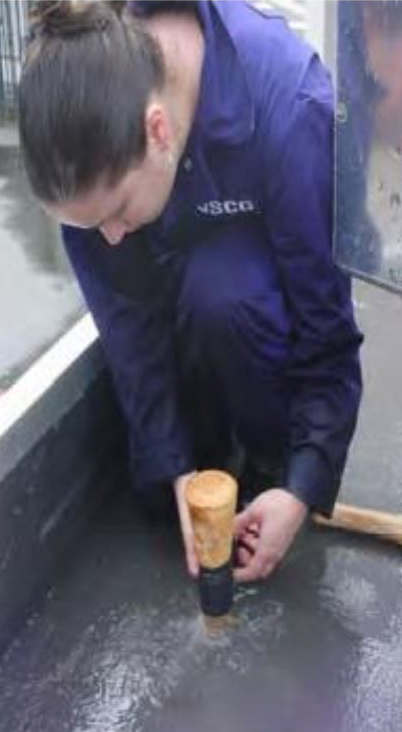
To fix the problem, act quickly and do the following:
- Pound the cone tightly into the through-hull fitting to stop the flooding.
- Add bicycle inner tube around the plug and fitting to strengthen.
Get the vessel immediately back to shore and the boat out of the water as quickly as possible.
Split Piping
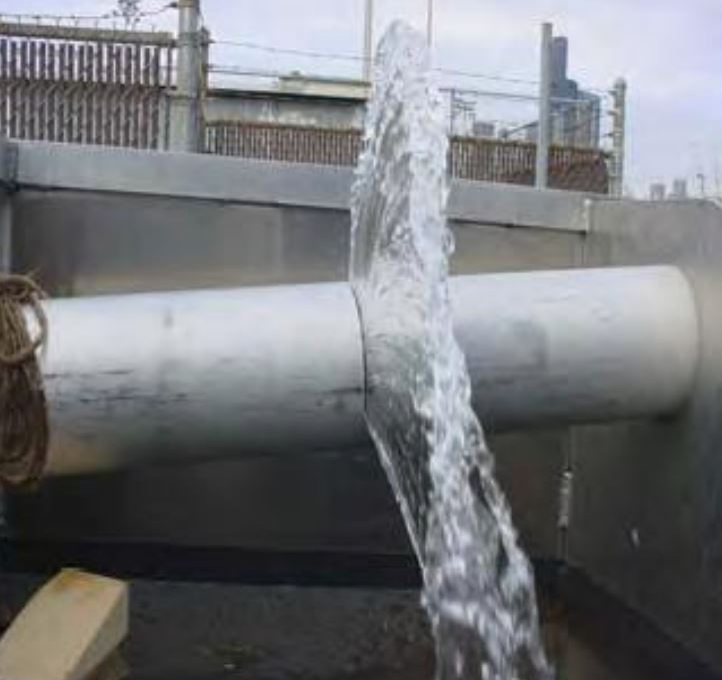
The wet exhaust line may split and cause flooding. This is problem is usually associated with collision damage or freezing in extreme climate conditions. While the problem is rare, having the right tools on board can make the best of a tough situation.
Tools for Fixing a Split Pipe
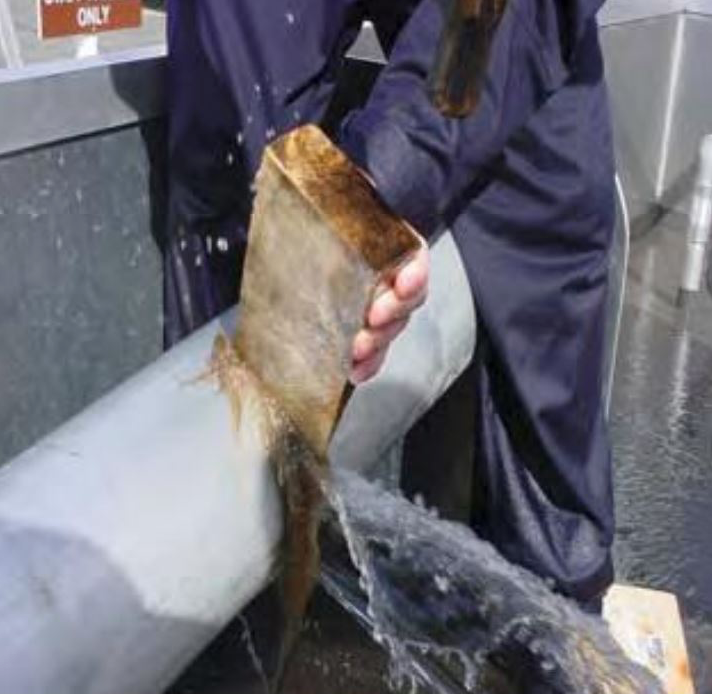
In the event of a split pipe on a boat, consider these tools to make the temporary repair:
- A variety of fabrics may be used to cover large pipe cracks.
- Wood wedges will work well with manila twine stuffed into the crack.
Any materials that will help bind the wedges and pipe shouldn’t be overlooked.
Fixing the Split Pipe
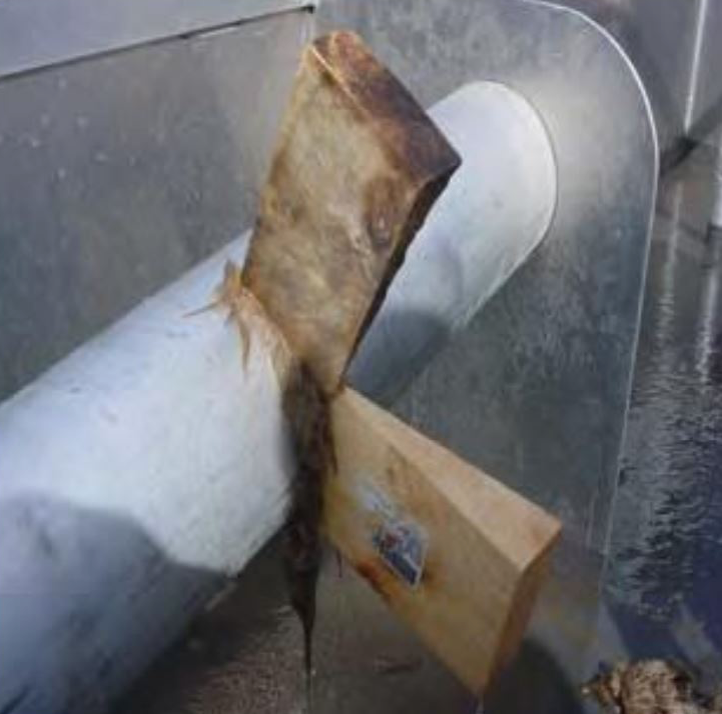
The manila twine is going to be doing the heavy lifting to stop the leak. The U.S. Coast Guard Auxiliary recommends doing the following:
- Stuff the manila twine into the crack.
- Place the wood wedges tightly over the manila twine and tap securely into place with the hammer.
The temporary fix should keep the pipe together long enough for a professional to repair it.
Damage Control Kit
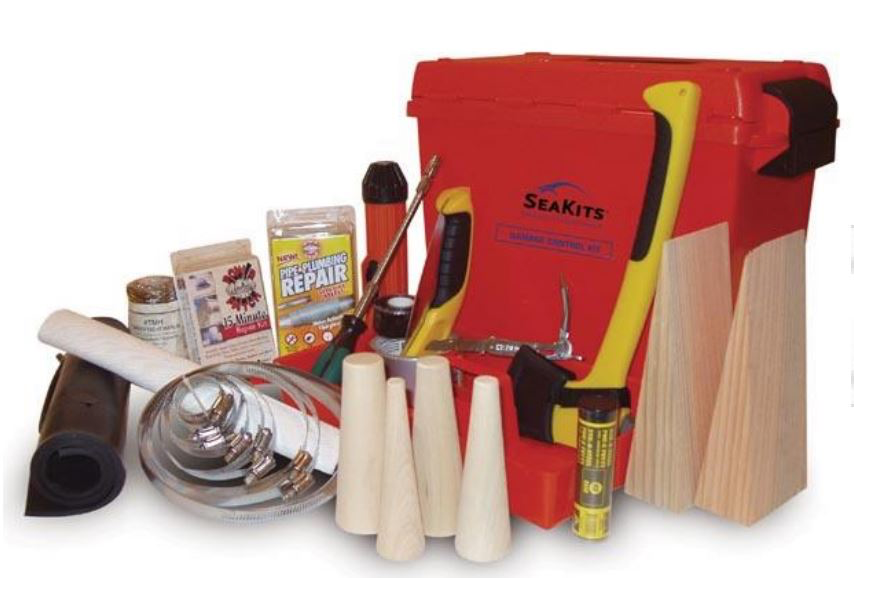
Every small boat should have a damage control kit and the U.S. Coast Guard Auxiliary recommends the following materials:
- Conical soft plugs, sized for boat’s seacocks.
- Softwood wedges.
- Bicycle inner tubing.
- Manila twine.
- Sheet rubber.
- Simple hand tools: Hatchet, hammer, screwdriver, C Clamps, small hand saw, disposable flashlights.
- Spare hose clamps.
- Water-impervious material, such as sections of discarded survival suits or rain gear.
Building a Kit
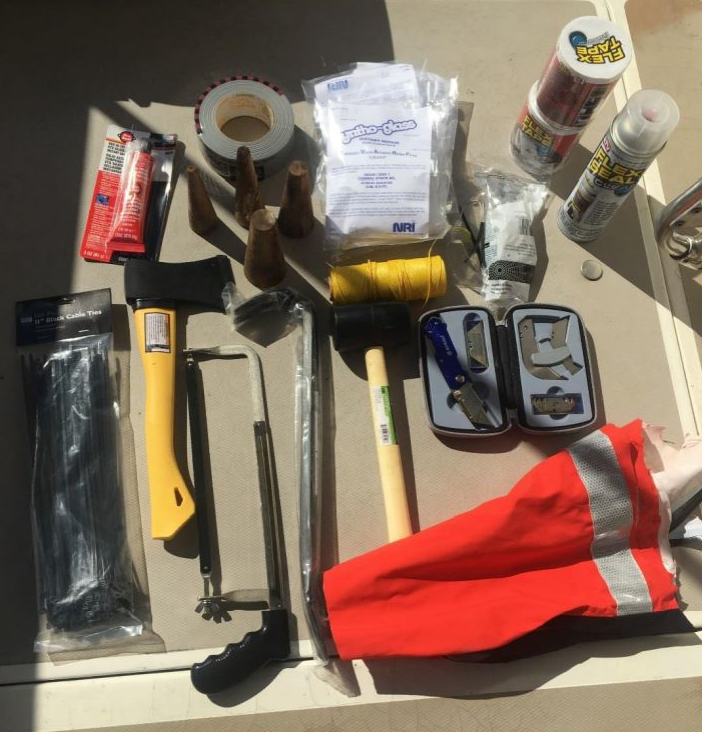
Mariners can buy a damage control kit online (starting at $175 and above) or assemble a kit with materials from the garage or purchased at the local hardware store. It’s worth remembering about the kit:
- Orange cloth or sleeves cut off of a decommissioned dry suit (waterproof).
- Items don’t have to be top quality, only used to get you to a safe harbor.
- Most items can be purchased at a local hardware store.
A damage control kit doesn’t have to win a beauty contest, just function if needed in an emergency.